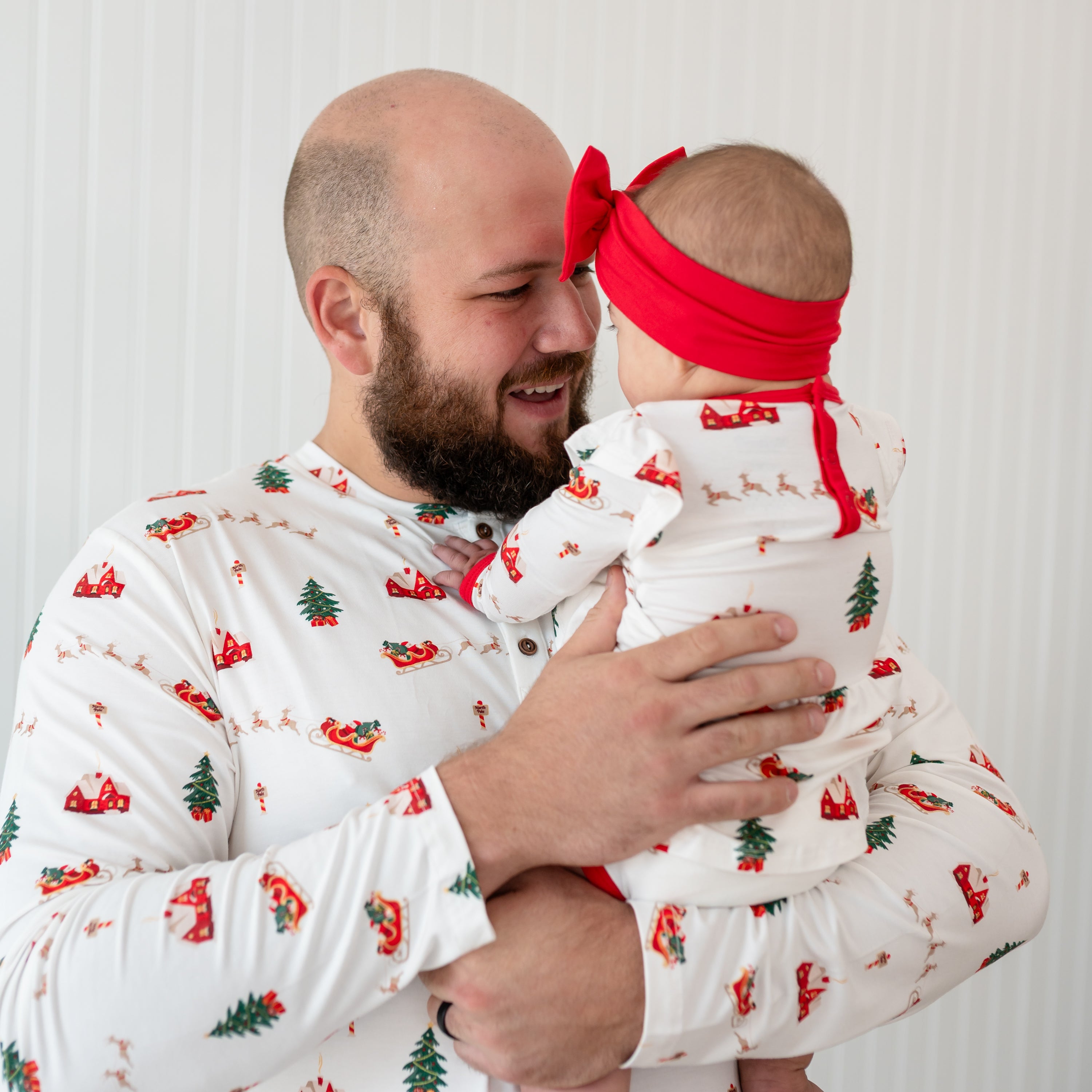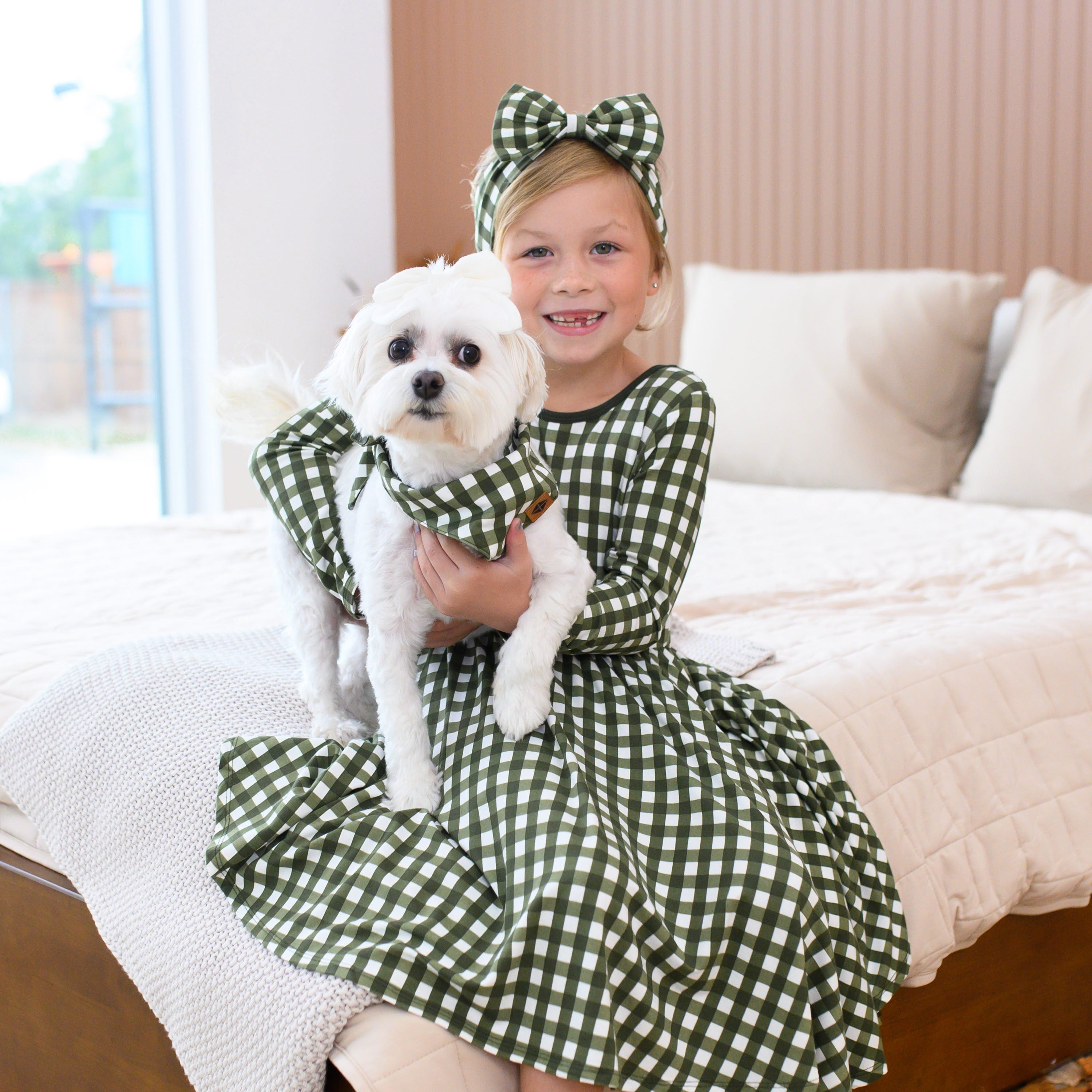Teething. It’s every parent’s worst enemy and one of life’s cruel tricks. Although it would be somewhat terrifying to see a newborn with a full set of pearly whites, the idea of watching your little one go through the painful process of cutting teeth for the next few years is a miserable one. The tell-tale symptoms are frustratingly in line with normal baby behavior, which makes it hard to tell if your little one is actually teething or just, well, being a baby. Most babies cut their first teeth around 6 months, but there’s a wide range of normal when it comes to teeth. Each baby has their own timeline and also experiences symptoms differently. While your little one may flash his first toothy smile at 3 months, your friend’s baby might stay toothless until her first birthday.

Inevitably, your baby will begin teething at some point, and it will most likely come with a lot of drooling, chewing, and fussing. Your little one may also spike a low-grade fever, pull his ear, and begin coughing from the excess saliva. If he seems to be in discomfort or pain when lying down, check with his pediatrician to rule out an ear infection. Ear infections can often be confused for teething, since the symptoms are similar. If your baby was successfully sleep-trained before teething, you may be in for an unpleasant surprise. Teething can make any baby cranky and clingy, which may mean more wake-ups and less sleep for everyone. However, there are steps you can take to mitigate your little one’s pain.
TEETHING TOYS
There’s an entire world of teething toys out there, and it’s a good thing, too, because they really can help. Teething toys come in a wide variety of materials and styles, and it’s not a bad idea to get one of each. Babies have strong preferences for many things, and teethers are no exception. Some babies prefer softer, more pliable materials, like natural rubber or silicone, while others take to harder materials, such as wood. These teething toys alleviate sore gums by offering counter-pressure when gumming the material.
One of the most well-known teething toys is Sophie La Girafe, an adorable giraffe toy made from 100% rubber. Before you balk at the price tag (it’s not cheap), just know that it’s been a parent favorite for decades.

Another type of teether that babies love are ones that you can pop in the refrigerator. These Fruit Cooling Teethers by Green Sprouts can be chilled to offer extra relief. Many teething toys that can be frozen are filled with gel, which may raise some safety concerns if they were to burst or puncture. These teethers are filled with distilled water, so, although you can’t freeze or boil them, they are a safer option.

For the babies who prefer to chew on harder materials, our loveys come with a removable, wooden teething ring. Wooden teething toys have the added benefit of being all-natural and antibacterial, and are also more durable and sustainable than other materials.

FROZEN WASHCLOTH
One of the easiest, most effective remedies for teething pain is a frozen washcloth. Yup, that’s right. It’s time to pull out all those washcloths from your baby shower. Just run half of the cloth under water or dip it in breastmilk, and pop that thing in the freezer. The cold side numbs your baby’s gums and provides relief, while the dry side allows your baby to hold the cloth without freezing his little fingers. Babies love gnawing on cold things, and this method is perhaps the safest and easiest. Keep a few in the freezer, so you can rotate them and never be without!
MASSAGE THOSE GUMS
Teething can cause those little gums to be red and inflamed, which makes for a fussy, irritated baby. When our little ones are in pain, we feel helpless and desperate to help them. While we can’t stop the teeth from coming in or make them come through faster, an easy way to help is by a simple gum massage.
Using your finger (you can also wrap a frozen washcloth around it for extra relief), gently rub your baby’s gums on the top and bottom line of the jaw to help counteract the pressure from any erupting teeth. You can also place your fingertips on your baby’s temporomandibular joint (TMJ), where the jaw hinges when opening and closing the mouth, and very gently rub the area in small circles. This can help ease some of the discomfort associated with teething.
PAIN RELIEVERS
Many parents hesitate to medicate their babies, and for good reason. Over-the-counter medicines, while safe in recommended doses, are not to be taken lightly. However, there may be times when all the teething toys and frozen washcloths in the world won’t help a screaming, crying baby. If teething is disrupting your baby’s sleep and it’s clear he’s in a lot of pain, you may want to try giving him Infant Tylenol, or—if he’s over six months—Infant Motrin or Advil. Consult with your baby’s pediatrician about dosage, and administer the appropriate amount (based on weight, not age).
NURSING
Research shows that breastfeeding is an effective method of pain relief during a minor painful procedure, such as immunizations or blood draws. Some babies may want to nurse more when teething, and it’s a good idea to follow your baby’s lead. Nursing is soothing to your little one, and may offer much-needed pain relief through the action of suckling and the skin-to-skin contact it provides.
If you choose to forgo over-the-counter medication, nursing is a wonderful way to alleviate your baby’s pain, while also providing comfort during a tough time. You may have already discovered that breastfeeding is a very effective way to soothe a crying baby in many scenarios, teething being one of them.
LOTS OF CUDDLES
Unfortunately, teething is an ongoing process until your baby is a toddler. That’s a lot of tears in between, and above all, the best thing you can do to soothe your little one is to offer a lot of cuddles. Ignore anyone who protests that cuddling your crying baby will spoil him. In fact, go ahead and push that person out the door. Pick up your baby and cuddle him like it’s going out of style. Whether you sit with him in a rocking chair or wear him around the house in a ring sling, we promise you that, of all the methods we’ve listed above, this is what he needs most.
The days before the tooth erupts, and the few days after can be an unhappy time for both baby and you. We know it’s frustrating, but there’s nothing like a good ol’ oxytocin rush from skin-to-skin contact to alleviate the stress and exhaustion you’re both feeling. Pick up your baby, let him snuggle into you, and remember that this, too, shall pass.

























